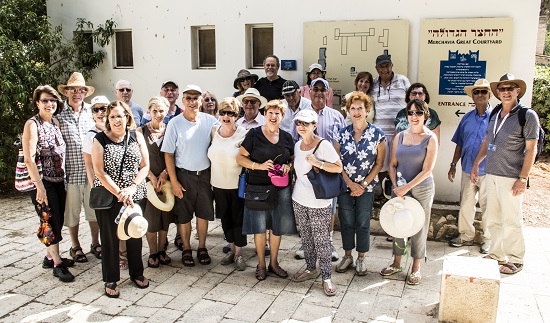
Members of ESRA Netanya during their visit to Merhavia. Tour guide Stephen Kliner is on the far right
Photos: Mike Altman
At ESRA Netanya we are fortunate enough to have our very own newly licensed Israeli tour guide, Stephen Kliner. Recently we took a day trip into history.
At our first stop, the Khan Museum in Hadera, we learnt about the founding of Hadera in 1891 during the First Aliyah, the draining of the swamps and the hardships faced by the early Russian pioneers. The in-house guide was not only a director of the museum but also a very talented actress who played different roles as we moved from room to room through the museum.
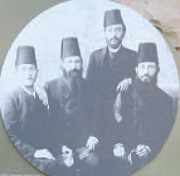
Representatives of the four organizations which cooperated in order to buy land in Hadera
After a coffee break at Bat Shlomo, we continued to the ‘Rakevet Haemek’ museum in Kfar Yehoshua. The Jezreel Valley railway line was built by the Ottoman Sultan, Abdul Hamid II in 1905 as a spur to the Hijaz railway line, but it also opened up the Jezreel Valley to the pioneers of the Second and Third Aliyahs. There we saw the original station buildings and the pump house, heard stories of the Bobamagi, Abu Yussaf, and saw a movie in the station master’s office. We heard about, and visited, the new Valley Railway running from Haifa to Bet She’an (free for the first three months!)
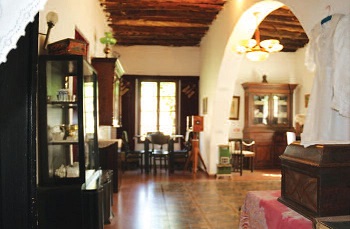
A room furnished in the Russian style of the 1st Aliyah Period (1882-1904) in the Khan Museum, Hadera, which was originally an Ottoman farmstead
Driving through the center of Kfar Yehoshua we stopped to appreciate two memorials. The first one was to the German architect, Richard Kauffmann, designed by the artist Elie Shamir from Kfar Yehoshua, one of the first settlements designed by Kauffmann in 1924. Kauffmann, an adherent of the British Garden City philosophy, went on to design many kibbutzim, moshavim and several neighborhoods in cities throughout Israel, most notably Ein Harod, Nahalal and Rehavia. The second memorial, designed by the sculptress Batya Lichansky was to those from Kfar Yehoshua who had fallen in the War of Independence.
After a lunch break at Alonim we continued east along the Jezreel Valley to Merhavia, the first communal agricultural settlement, established in 1909. The cooperazia of Merhavia was set up following the blueprint of Professor Franz Oppenheimer. It was the forerunner of the Kibbutz Movement, which started some 10 years after Merhavia's establishment. Of course, Merhavia is best known for its most famous resident, Golda Meir, who lived there in the early 1920s, and naturally, we took a peek into the Spartan room where she stayed, the only item of any luxury being her gramophone. We heard how Golda and her husband were refused membership - that is, until the members heard that she had brought a gramophone and records from her home town of Milwaukee.
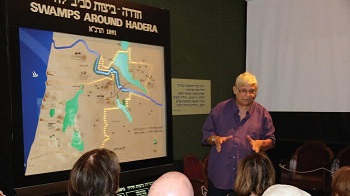
The tour guide giving a history of Hadera at the Khan Museum
Stephen, who is from Scotland, told of a Glasgow connection and of pioneers who had settled in Merhavia in 1911, having hailed from Glasgow. He presented the museum director with a copy of his book, Jewish Glasgow, which narrated the story.
Still in Merhavia, we were shown the recently uncovered "slik" (arms cache) from the days of the British Mandate - a small room completely concealed under one of the communal buildings, the presence of which was only known to a few of the members of Merhavia.
This, our first outing, was truly enjoyable, and Stephen excelled himself over and over again. Hopefully it will be the first of many.
Thanks to Stephen for his amazing knowledge, his sense of humor and his Scottish accent. I can certainly recommend him for those of us living in Israel and for overseas relatives and friends.
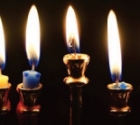 Chanukah 5777
Chanukah 5777 Advertisers Directory 187
Advertisers Directory 187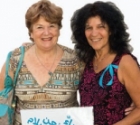 ‘Give Peace a Chance’ Duo at Ceremony
‘Give Peace a Chance’ Duo at Ceremony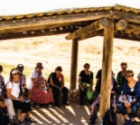 From Bible to Bedouins and Battles
From Bible to Bedouins and Battles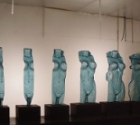 Trip to the Dead Sea
Trip to the Dead Sea Japan
Japan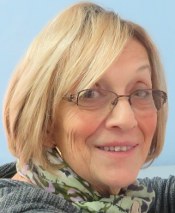 Ros Ben Ezra
Ros Ben Ezra